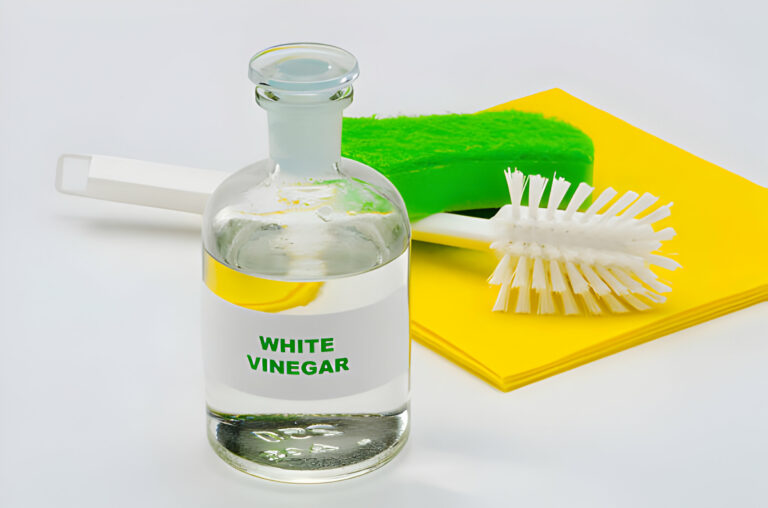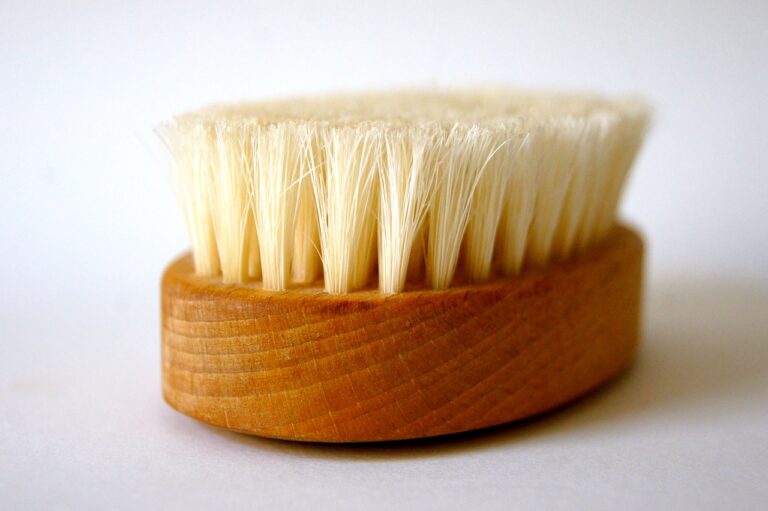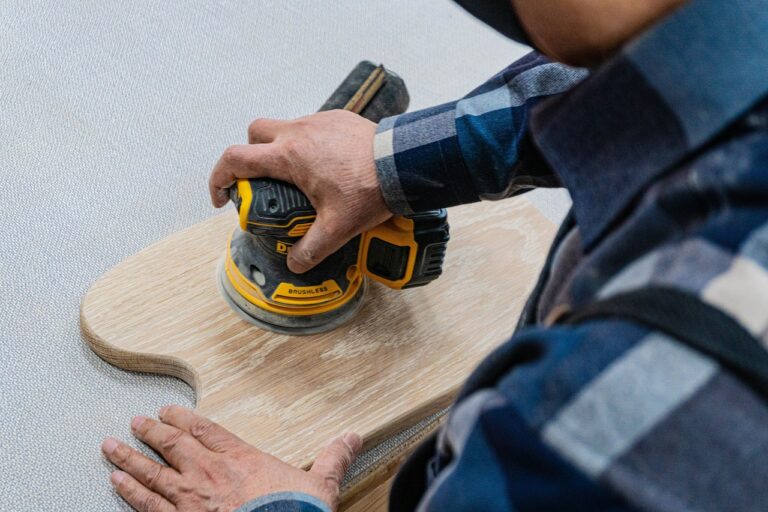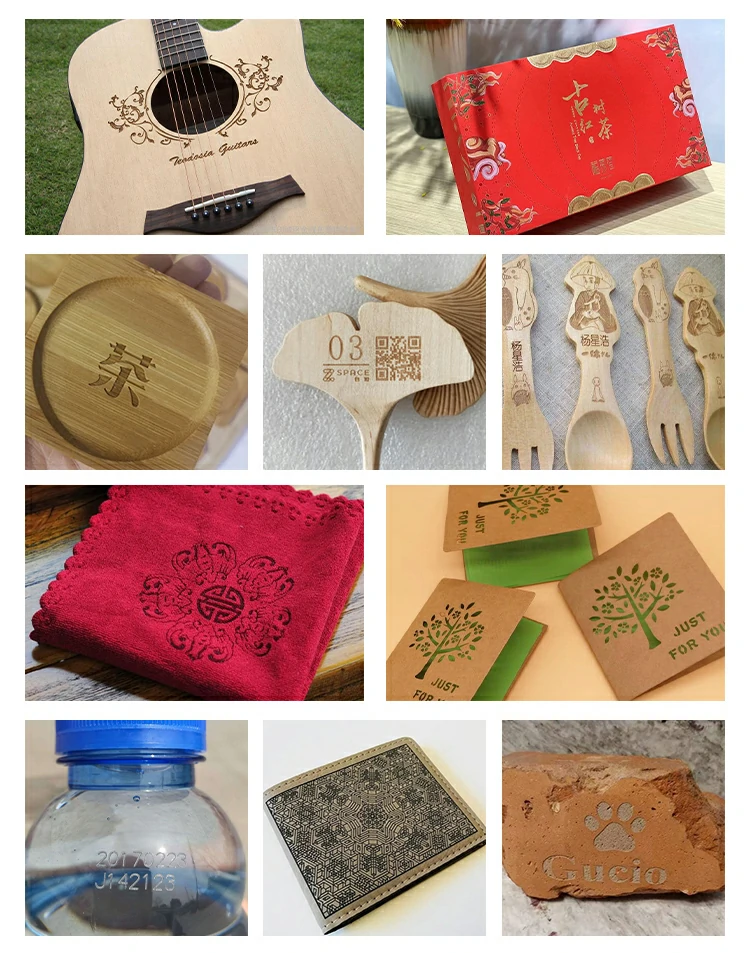Laser engraving on wood is a common way to make carved wood items. But laser engraving on wood leaves residues on the surface. Usually, you may observe a lot of ash and soot that has been blown back down on the surface of the finished piece. This affects the aesthetics of the overall product. Thus, cleaning wood after laser engraving is crucial.
Today, we’ll evaluate some techniques for cleaning wood after laser engraving. So, you’re going to look at different options for how to clean this up. You’ll also look at the best practices when laser engraving on wood.
Why Do You Need to Clean Laser Engraved Wood
This is very important for keeping the quality and look of the end product: clean laser cut wood. This cleaning process is essential for several reasons. In general, it’s needed for the best results and customer happiness.
Residual Removal
Most of the time, the laser engraving process leaves residues. These often are ash, smoke, stains, or debris. Cleaning wood after laser engraving eliminates these. You know, it also prevents these residues from obscuring the engraved design. As a result, your design becomes more apparent.
Enhanced Visibility
Cleaning wood after laser engraving improves the visibility of the design. You know, it is easier to see small features when the surface is clean. It also makes sure that the engraving is easy to see.
Improved Contrast
Cleaning wood after laser engraving enhances the contrast. As a result, the engraved text achieves a sharper contrast against the wood’s natural color. It results in more visually appealing outcomes.
Professional Presentation
Cleaning wood after laser engraving allows you to give a professional presentation. Clean, well-kept laser-engraved wood shows your professionalism. In addition, it enhances decorative, branding, and signage applications.
Customer Satisfaction
People always like clean, good items. Because of this, giving them clean, high-quality, laser-engraved wood products makes them happy. A clean finish shows that you are dedicated to doing a great job. It drives customers to be happy, which could lead to a return to business or word-of-mouth advertising.
Cleaning Wood After Laser Engraving: A Few Options
You must consider a few factors when choosing the right way to clean wood. First, look at the wood’s type and thickness to see how easily it will be damaged by water, chemicals, or wear and tear.
Next, look at how much and what kind of dust or debris the laser etching process left behind. In addition, check what you must clean laser-cut wood. Choose a method that removes residue without causing damage. Here are four common ways to clean that you should know about. We’ll list the ups and downs of each to help you make your decision.
Method 1: Wash it Like a Dinner Plate
This is the simplest way to clean laser-engraved wood. You just wash it like a dinner plate. You must scrub it. Otherwise, the black bits that are stuck on there won’t come off. Use a little soap and water, depending on the wood type. Because of some of the sticker saps, especially for some of the solid woods, you want to wash it.
Pros
- This method is easy and doesn’t require special equipment or materials.
- Most households already have the necessary items. Since water, sap, and a sponge or cloth are basic household items, there is no need for additional cleaning tools.
Cons
- Excessive moisture from washing can cause the wood to swell. It happens primarily if it is not dried afterward.
- This method effectively removes stubborn residues.
Method 2: Use White Vinegar
Using white vinegar to clean laser-engraved wood is an easy and general approach. First, dilute the white with water to create a cleaning solution. Then, use the formula to wet a clean cloth or sponge. Now, gently scrub the engraved wood surface.
Pay attention to areas with visible residue or smoke stains. After you’re done scrubbing, give the wood a good rinse with water to get rid of any remnants of the vinegar solution. Finally, allow the wood to dry completely.
Pros
- White vinegar is a non-toxic and biodegradable cleaning agent. It is natural and eco-friendly.
- This method is effective at removing smoke stains.
Cons
- This method creates a strong odor.
- It requires proper ventilation.

Method 3: Use Stiff Bristled Brush
A stiff-bristled brush is usually used with this method to clean laser-cut wood. Usually, it means picking a brush with rough bristles that can remove particles from the carved areas. Cleaning the wood’s surface is all that’s needed. Lastly, wipe the area clean with a damp cloth.
Pros
- This method is good for removing debris from engraved areas.
- It can be used with other cleaning solvents.
Cons
- It may create scratches on delicate wood surfaces.
- This method is labor-intensive for large projects.

Method 4: Use a Light Manual or Vibrating Sander
Finally, cleaning wood after laser engraving can also be done using a light manual or vibrating sander. The vibrating sander typically works by oscillating the sandpaper at high speed. It effectively smooths out rough areas. In addition, it enhances the overall finish of the wood.
Pros
- This method is efficient for large projects. They can cover a significant area in a relatively short period.
- It provides a smooth finish.
Cons
- It requires additional equipment. Thus, it increases the overall manufacturing cost.

Customer Satisfaction
People always like clean, good items. Because of this, giving them clean, high-quality, laser-engraved wood products makes them happy. A clean finish shows that you are dedicated to doing a great job. It drives customers to be happy, which could lead to a return to business or word-of-mouth advertising.
Best Practices When Laser Engraving on Wood
You can also eliminate engraving dust if you use your laser machine correctly. Suppose you follow the best practices when laser etching on wood. You may not need additional cleaning methods. Note the following three practices. We hope you get the best result on wood. But, depending on various wood types, the adjustment of laser settings may vary.

1. Use Masking Tape
One of the best practices when laser engraving on wood is the strategic use of masking tape. You can apply masking tape onto the wood surface before engraving. It makes a shield that keeps the dust created during engraving from getting into the surrounding areas.
This simple idea cuts down on the work needed to clean up. It also helps keep the finish and surface structure of the wood.
2. Reduce Laser Power
Carefully adjusting the laser’s power settings is another crucial practice. Please remember that too much laser power can burn the wood excessively. It could cause unwelcome charring and more debris to build up.
So, set your laser’s power to the right level for the type of wood you’re working with. You must consider the engraving depth as well. This will help you get better and cleaner results. You can also reduce the quantity of residue that is made.
3. Adjust Focus Settings
In addition to the above two practices, optimizing focus settings can achieve clean and accurate engraving. Proper focus ensures that the laser beam penetrates the wood evenly. It results in crisp and well-defined engraving marks.
Adjust the focus settings based on the thickness and density of the wood. By doing so, you can reduce the risk of uneven engraving. You can also reduce the likelihood of residue accumulation.
Frequently Asked Questions
Q1. What is the best wood to laser engrave on?
The best wood laser engraving is typically the hardwoods. Softwood is usually not suitable for laser engraving. But we can see it in some laser engraving projects. Hardwoods like maple, cherry, and walnut offer excellent results. Their density and fineness make them popular in many laser engraving projects.
Q2. Is MDF better than plywood for laser cutting?
MDF stands for Medium Density Fiberboard. It is generally preferred over plywood. It has consistent density and a smooth surface. It results in cleaner and more precise cuts. Plywood may have voids and varying densities. It leads to uneven cutting and potential splintering.
Q3. What is the best liquid to clean off the laser-cut and etched wood parts?
The best liquid to clean laser-engraved wood is white vinegar. Its acidic properties help dissolve stubborn residues. On the other hand, it is gentle on the wood surface. When cleaning, dilute it with water. And then apply with a cloth or brush. Then, wipe clean for effective results.
Q4. Should I seal the wood after laser engraving?
Laser engraving creates permanent marks on wood. Still, if you seal it, you can get even more long-lasting results. Applying a sealant helps protect the wood from moisture, dirt, and wear. It preserves the quality of the engraving. It also enhances the overall appearance by adding a polished finish.
Summary
The importance of cleaning wood after laser engraving is extensive. You have learned that effective cleaning makes the end product look better. Also, it makes sure that the wood lasts a long time. Besides that, it keeps the carving in good shape.
Throughout this guide, we explored several cleaning methods. You have seen their pros and cons. You can emphasize that one’s limitations are another benefit. Therefore, when choosing the appropriate cleaning, be careful.
We also talked about the three best practices you can do when laser etching. As those sections say, you might not need other cleaning methods if you do these things.
Following these steps will help you get perfect results. Besides that, you can keep the wood’s natural beauty.
